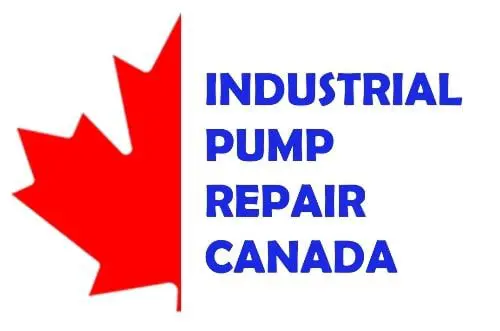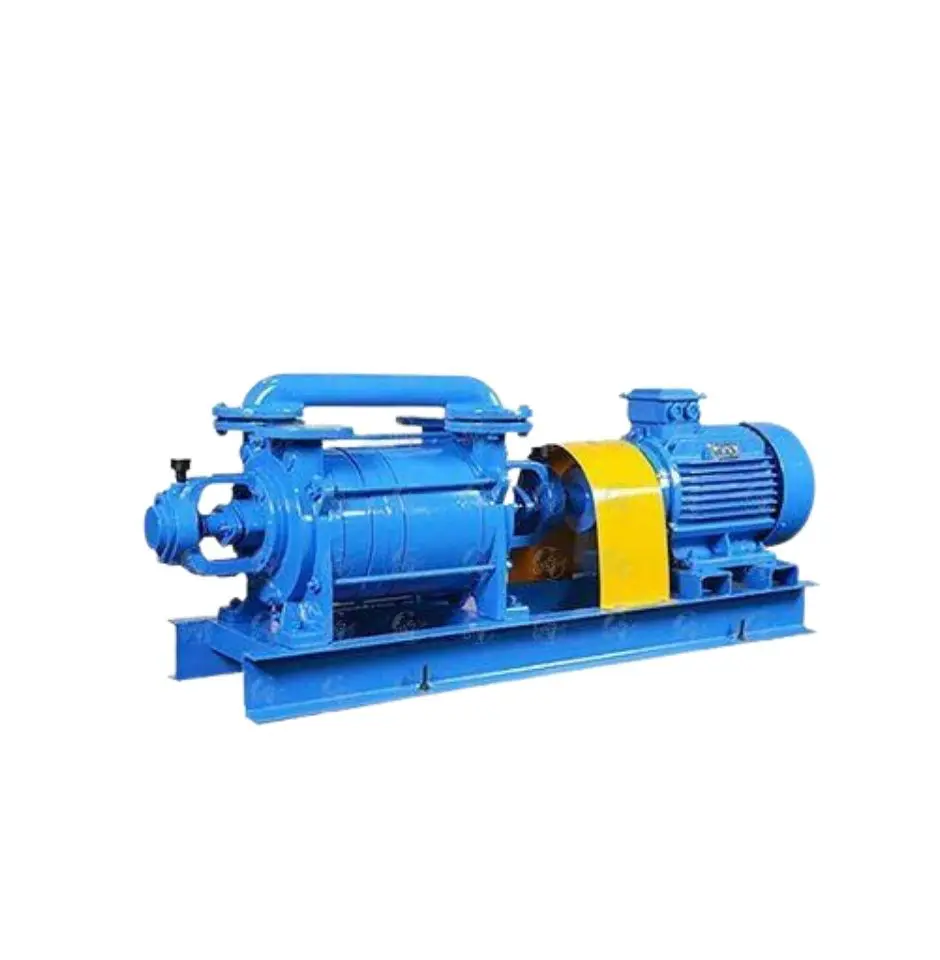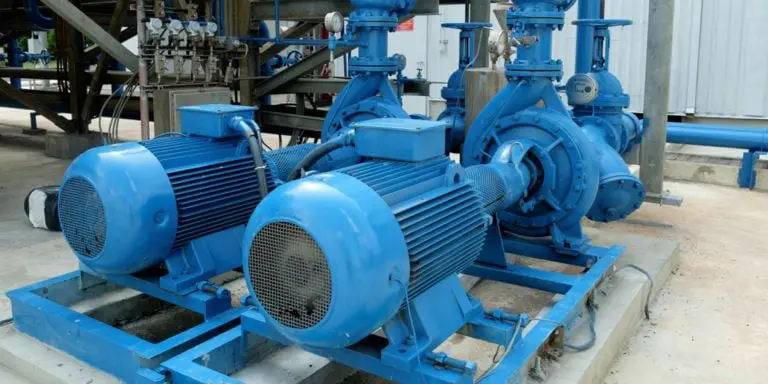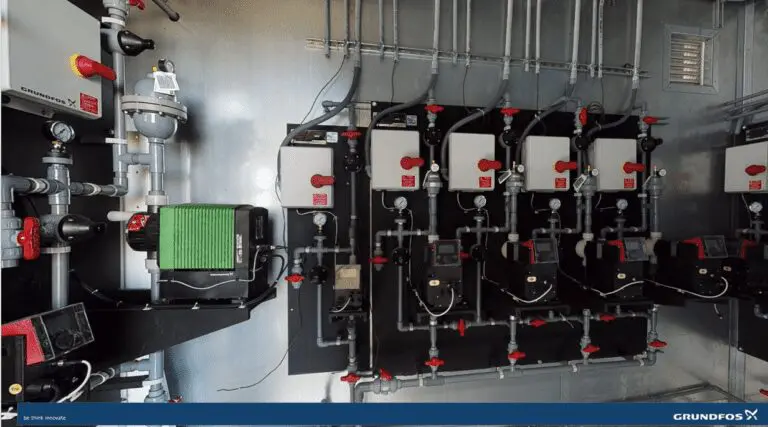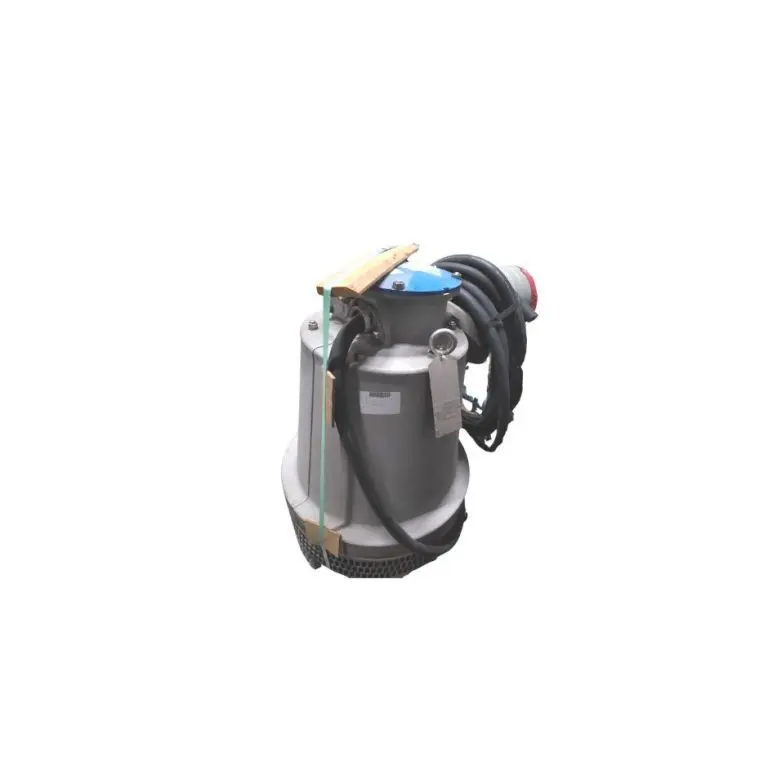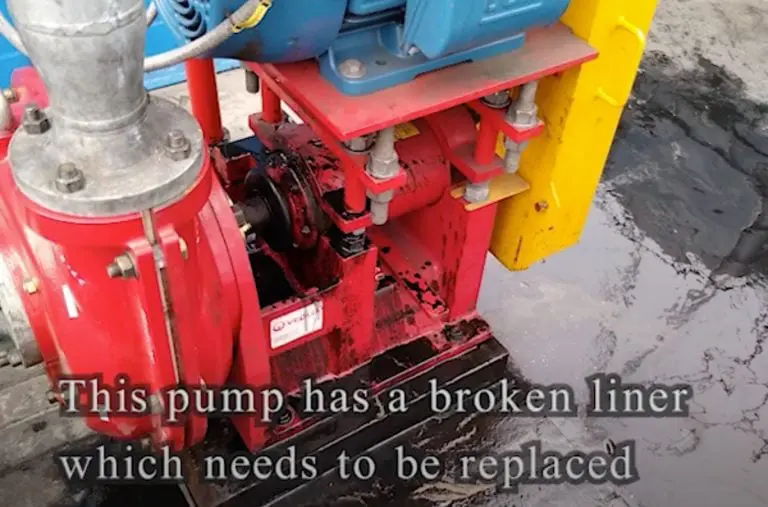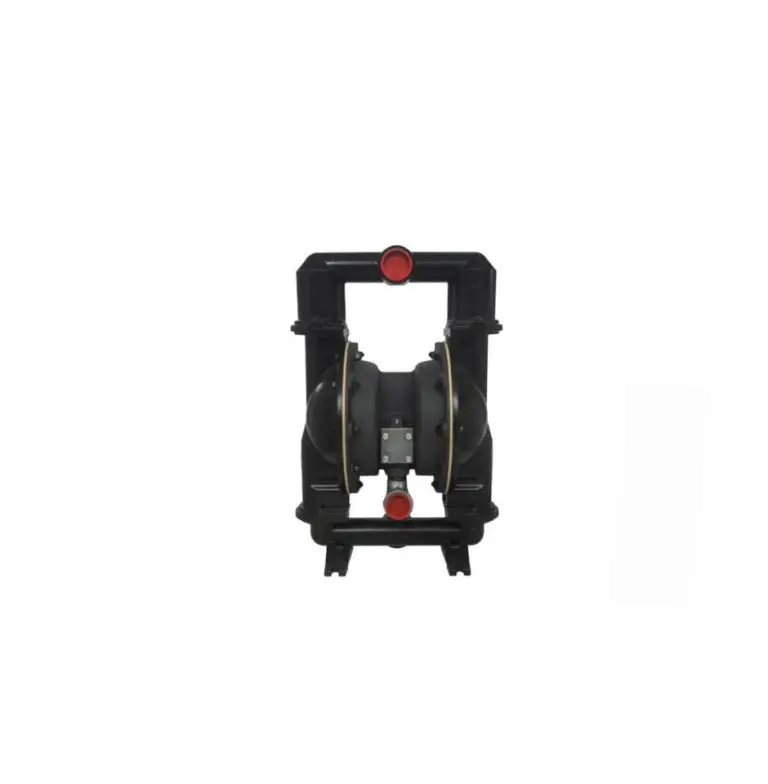What are the common causes of vacuum pump failures and how can they be prevented through regular maintenance and repair ?
Vacuum pumps are essential for various industries, from manufacturing to medical and laboratory settings. They are used to create a vacuum or low-pressure environment, which enables many critical processes. However, like any mechanical device, vacuum pumps can experience failures, which can lead to costly downtime and repairs. In this article, we will discuss the common causes of vacuum pump failures and how they can be prevented through regular maintenance and repair.
Common Causes of Vacuum Pump Failures
- Contamination Contamination is one of the leading causes of vacuum pump failures. Dust, dirt, and debris can clog the pump’s filters, reducing its efficiency and lifespan. Chemical and gas contamination can also cause corrosion and damage to the pump’s internal components. The accumulation of contaminants can also lead to overheating, which can cause damage to the pump’s motor and bearings.
- Worn or Damaged Parts Like any mechanical device, vacuum pumps have parts that wear out over time. The pump’s vanes, seals, and gaskets are especially prone to wear and tear. Worn vanes can cause reduced pump performance and increased noise levels, while damaged seals and gaskets can cause leaks, leading to a loss of vacuum pressure.
- Overheating Overheating is a common cause of vacuum pump failure, and it can result from various factors. One of the most common causes is inadequate lubrication, which can cause friction and heat buildup in the pump’s bearings and other moving parts. Overloading the pump can also cause overheating, as can running it at a high speed for extended periods.
- Incorrect Installation Incorrect installation of a vacuum pump can also cause it to fail. Improper installation can cause misalignment of the pump’s components, leading to premature wear and tear. Also, incorrect installation of the pump’s inlet and outlet connections can cause air leaks, leading to a loss of vacuum pressure.
Preventing Vacuum Pump Failures through Regular Maintenance and Repair
- Regular Inspection and Cleaning Regular inspection and cleaning are critical to preventing vacuum pump failures. Clean the pump’s filters and strainers regularly to prevent clogging and ensure efficient operation. Remove any accumulated debris or dirt from the pump’s interior, paying attention to the vanes, seals, and gaskets.
- Lubrication Proper lubrication is essential to prevent vacuum pump failures. Use the manufacturer’s recommended lubricant type and interval for lubrication. Over-lubrication can also cause damage to the pump’s components, so ensure that you apply the lubricant in the right amount.
- Monitor Vacuum Pressure Regularly monitoring the vacuum pressure can help detect any issues before they become severe. An abrupt drop in vacuum pressure could indicate a leak, while an increase in noise levels could indicate worn vanes.
- Replace Worn or Damaged Parts Replace any worn or damaged parts immediately to prevent further damage to the pump. Keep a record of the pump’s service history to help track the lifespan of its components and schedule replacements proactively.
- Proper Installation Ensure that the vacuum pump is installed correctly, following the manufacturer’s instructions. Verify that the pump’s inlet and outlet connections are sealed correctly to prevent air leaks, which can cause a loss of vacuum pressure.
- Seek Professional Assistance Suppose you experience any problems with your vacuum pump, or if you need to perform complex maintenance tasks. In that case, it is advisable to seek professional assistance from a qualified pump technician. An experienced technician can diagnose any issues and provide expert advice on the best course of action to ensure optimal performance and prevent future failures.
In conclusion, regular maintenance and repair are essential to prevent vacuum pump failures. Inspect and clean the pump regularly, monitor vacuum pressure, replace worn or damaged parts, ensure proper lubrication and installation, and seek professional assistance when necessary. By following these maintenance and repair practices, you can ensure that your vacuum pump operates efficiently, has a longer lifespan, and prevents costly downtime due to failures. Remember that preventing vacuum pump failures is not only cost-effective but also ensures that your equipment performs optimally, leading to high-quality products and services.
